Hunting Safely After Dark: The Power of Thermal Imaging
Hunting after dark can be an exhilarating and rewarding experience, but it also presents unique challenges. Low visibility, unfamiliar terrain, and the unpredictable behavior of nocturnal animals can make night hunting a risky endeavor. However, with the advent of thermal imaging technology, hunters now have a powerful tool to navigate these challenges and ensure a safe and ethical hunting experience.
What is Thermal Imaging?
Understanding Thermal Imaging Technology
Thermal imaging, also known as infrared imaging, is a technology that detects and visualizes the heat signatures emitted by objects, including living creatures. This technology works by capturing the infrared radiation emitted by objects and converting it into a visible image, allowing hunters to see warm-blooded animals and other heat sources in complete darkness or low-light conditions.
Applications in Hunting
Thermal imaging has become increasingly popular among hunters due to its ability to provide a clear visual representation of potential targets, even in complete darkness or dense vegetation. By detecting the heat signatures of animals, hunters can easily identify and track their prey, ensuring a more successful and ethical hunt.
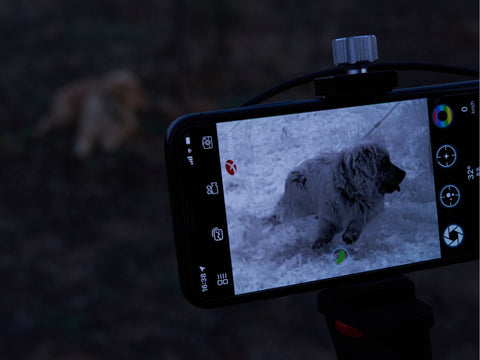
Benefits of Using Thermal Imaging for Hunting
Improved Visibility and Target Acquisition
One of the primary benefits of using thermal imaging for hunting is improved visibility and target acquisition. With traditional night vision devices, hunters often struggle to distinguish between animals and their surroundings, leading to missed opportunities or unethical shots. Thermal imaging, on the other hand, clearly highlights warm-blooded animals against their cooler surroundings, making it easier to identify and acquire your target.
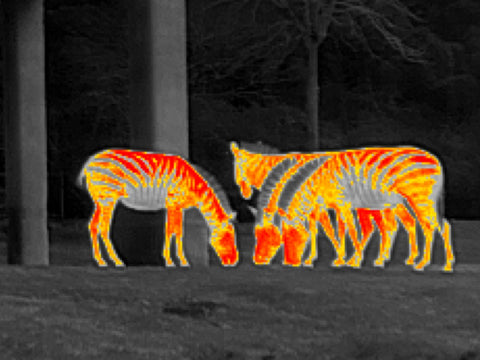
Enhanced Safety and Ethical Hunting Practices
Thermal imaging technology not only improves hunting success rates but also promotes safer and more ethical hunting practices. By providing a clear visual representation of potential targets, hunters can make more informed decisions and avoid inadvertent harm to non-target animals or humans. Additionally, thermal imaging can help hunters quickly assess the terrain and potential hazards, reducing the risk of accidents or injuries.
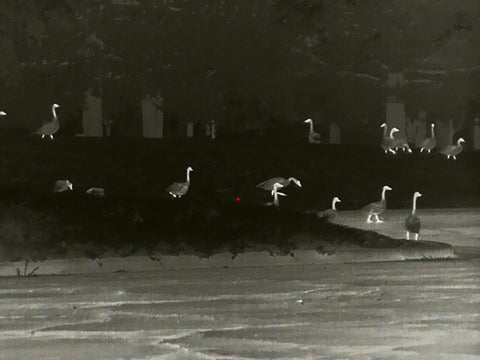
Easier Animal Tracking and Identification
Another significant advantage of thermal imaging is its ability to track and identify animals more effectively. Traditional night vision devices often struggle with tracking fast-moving targets or distinguishing between different species. However, thermal imaging technology can easily detect and differentiate between the heat signatures of various animals, allowing hunters to track their prey more accurately and identify potential non-target species.

Choosing the Right Thermal Imaging Device
Factors to Consider
When selecting a thermal imaging device for hunting, there are several factors to consider, including resolution, detection range, durability, and battery life. Higher resolution devices will provide clearer and more detailed images, while longer detection ranges allow for better long-distance target acquisition. Durability is also crucial for outdoor use, and longer battery life ensures uninterrupted operation during extended hunting trips.
Top Thermal Imaging Devices for Hunting
Some of the top thermal imaging devices for hunting include the FLIR Scout III, ATN ThOR 4, Pulsar Helion, and Xinfrared T2 Pro. These devices offer high-quality thermal imaging capabilities, rugged construction, and user-friendly interfaces, making them ideal choices for hunters seeking reliable and efficient thermal imaging solutions.

Tips for Proper Use and Maintenance
To ensure optimal performance and longevity of your thermal imaging device, it's essential to follow proper use and maintenance guidelines. This includes avoiding exposure to excessive moisture, dust, or impact, as well as regularly cleaning the lenses and checking for any software updates or firmware upgrades. Additionally, hunters should familiarize themselves with the device's controls and settings to maximize its capabilities in the field.
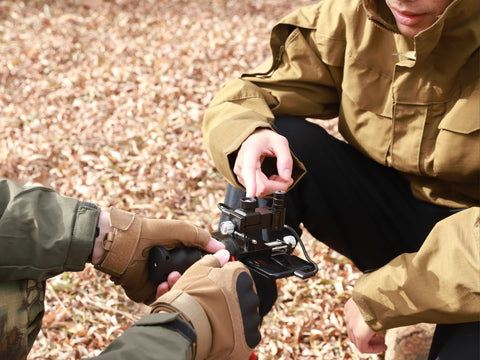
Hunting Safety Tips with Thermal Imaging
Best Practices for Safe and Responsible Hunting
While thermal imaging technology can greatly enhance hunting safety, it's crucial to follow best practices and exercise caution. Always positively identify your target before taking a shot, and be aware of your surroundings to avoid potential hazards or non-target animals. Additionally, hunters should ensure they are familiar with all relevant hunting regulations and obtain the necessary permits or licenses.
Importance of Proper Training and Familiarity
Before using thermal imaging devices for hunting, it's essential to receive proper training and become familiar with the technology. Many manufacturers and hunting organizations offer courses or workshops to help hunters learn how to safely and effectively use thermal imaging devices in the field. This training can help prevent accidents and ensure ethical hunting practices.
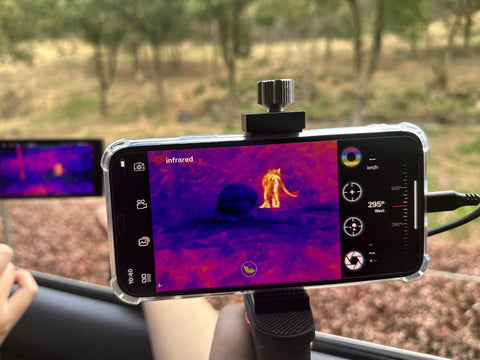
Success Stories: What Our Xinfrared Friends Do
Numerous hunters have reported increased success rates and improved hunting experiences after incorporating thermal imaging technology into their practices. From tracking elusive nocturnal prey to avoiding potential hazards in unfamiliar terrain, thermal imaging has proven to be a game-changer for many hunters.
Thermal imaging technology has revolutionized the way hunters approach night or low-light hunting conditions. By providing clear and detailed visualizations of heat signatures, thermal imaging devices enable hunters to navigate challenging environments, acquire targets more effectively, and prioritize safety and ethical hunting practices. As technology continues to evolve, thermal imaging will likely become an increasingly valuable tool for hunters seeking a safe, responsible, and successful hunting experience.




